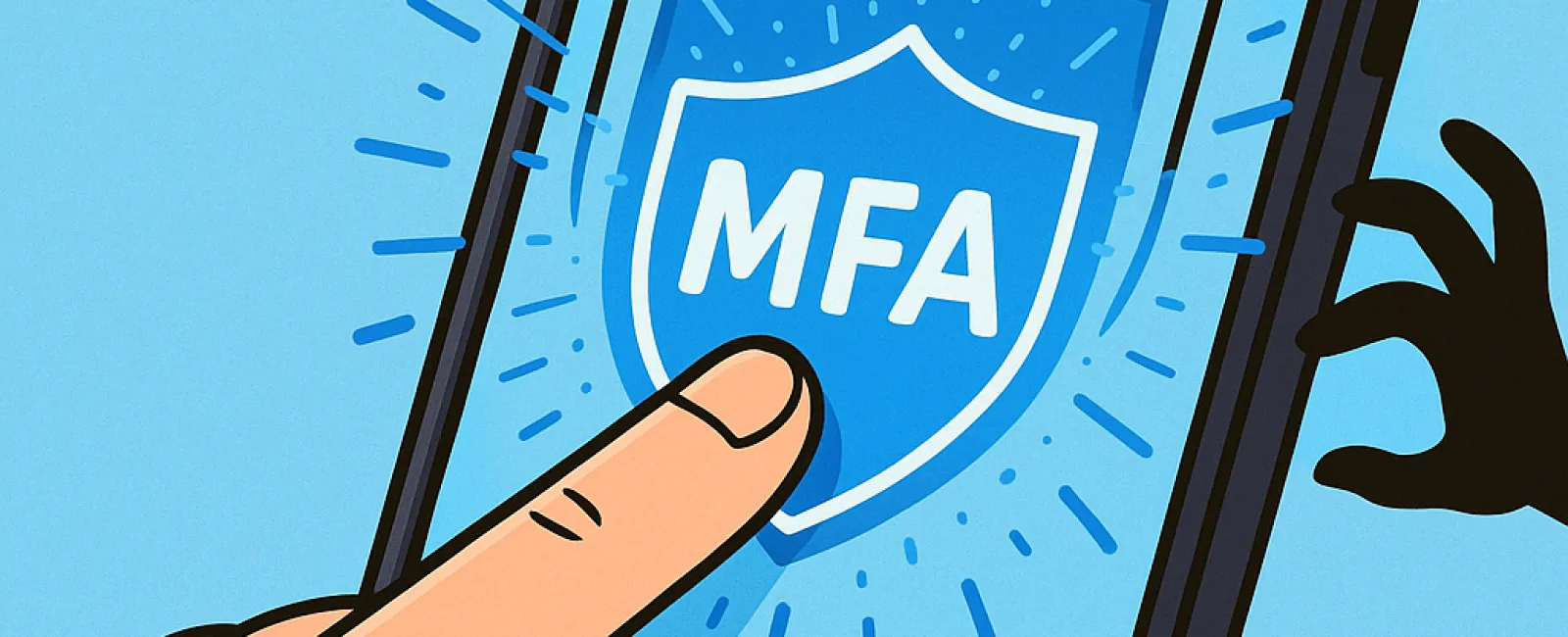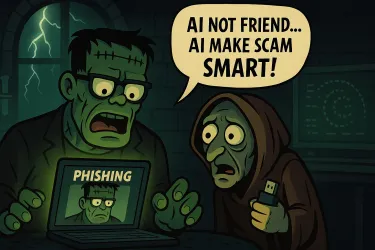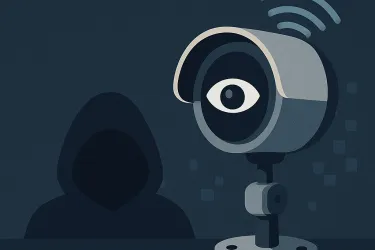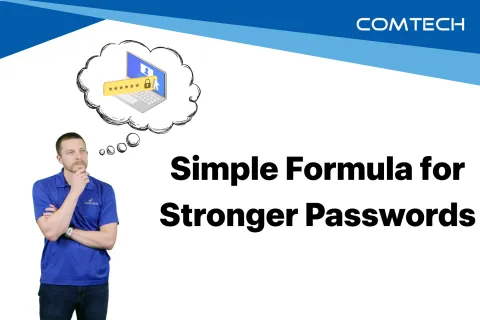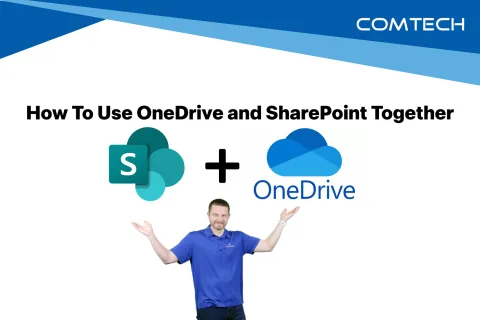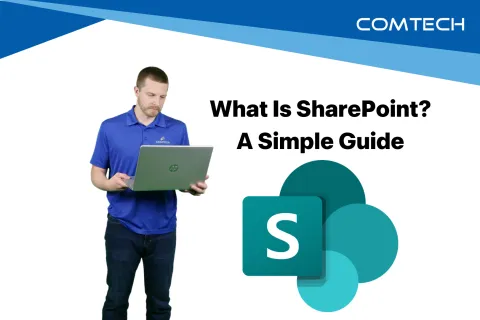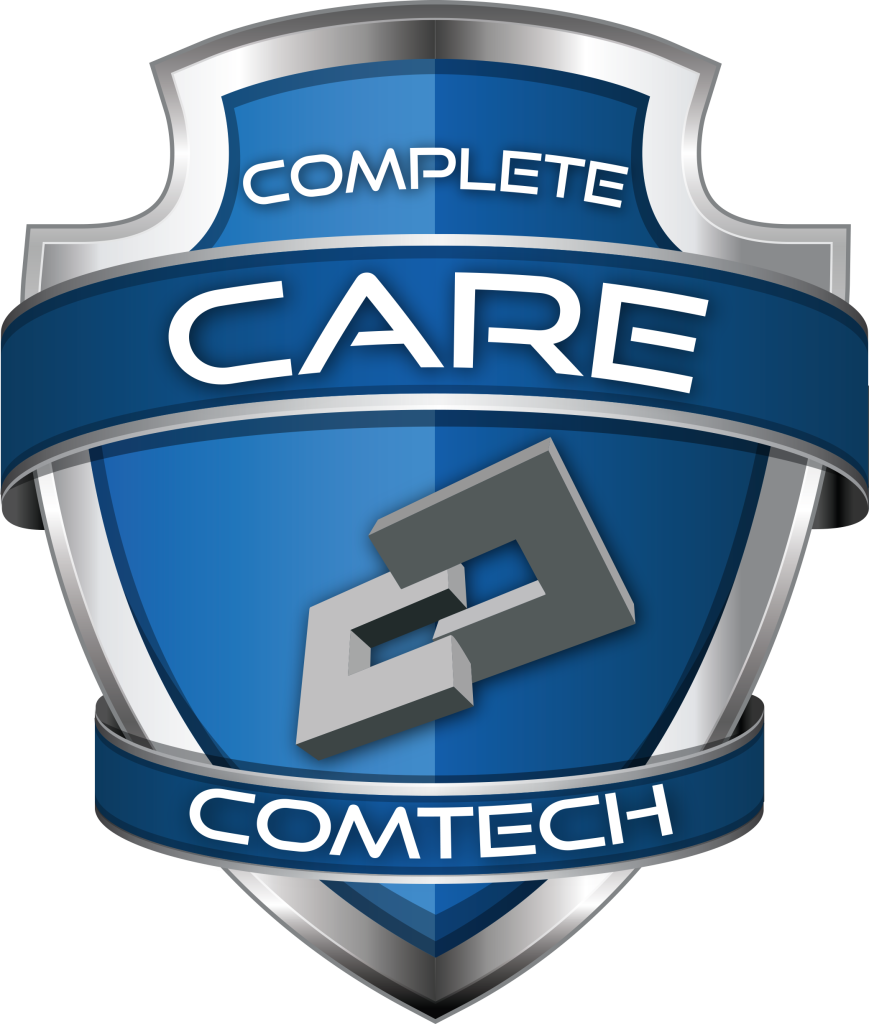October 27, 2025
Just as you wouldn't drive without fastening your seat belt or leave your office door unlocked, you shouldn't navigate the online world without enabling multifactor authentication (MFA).
MFA acts as a powerful second barrier protecting your digital life. Instead of depending solely on a password—which can be easily stolen, guessed, or phished—MFA requires an additional verification step, such as a text message code, an authentication app prompt, or fingerprint recognition. This extra check ensures that even if hackers obtain your password, they can't break through without the second factor.
The Simple Step That Secures Everything
Think of your password as locking your front door. Using MFA is like activating a home security system—you might not always think it's essential, but it's reassuring to know your property remains secure if one defense fails.
MFA adds a quick, easy step to confirm it's genuinely you logging in. Whether called "two-step verification," "two-factor authentication," or a "one-time password," these methods all introduce multiple layers to verify your identity before access to sensitive data is granted.
MFA methods include confirmation emails during account setup, bank security questions, text codes, push notifications, and phone calls — most of which require just a simple tap or code entry.
How MFA Protects You in Real Situations
On your end, MFA is straightforward—a tap or code entry completes the process quickly. But for cybercriminals, it's a major hurdle. When an unauthorized login occurs, MFA immediately sends you a notification or requests a code, alerting you to potential password breaches. This early warning lets you update your credentials before data theft happens.
Even if attackers manage to trick an employee into revealing login details, MFA stops them from gaining entry without the additional verification. In fact, research from Microsoft shows that enabling MFA cuts account compromise risks by over 99.2%, and nearly 99.99% for accounts fully protected by MFA.
Where and How to Activate MFA
Prioritize MFA activation on these critical platforms:
- Financial and banking applications
- Email accounts and cloud storage services
- Social media profiles
- Work-related systems that contain client or sensitive data
Most leading platforms offer built-in MFA options—simply choose the method that suits you best and incorporate it into your daily routine. Adding an authenticator app can significantly increase security for team logins.
Ultimately, activating MFA is a fast, free defense that blocks the vast majority of account breaches. Taking a few minutes now can shield you from long-term data loss and costly damage control.
The easiest way to get MFA set up is by contacting your IT provider. A trusted MSP can streamline the process seamlessly. If you need cybersecurity expertise, click here or call us at (336) 443-0061 to schedule your 15-Minute Discovery Call with our team today.
